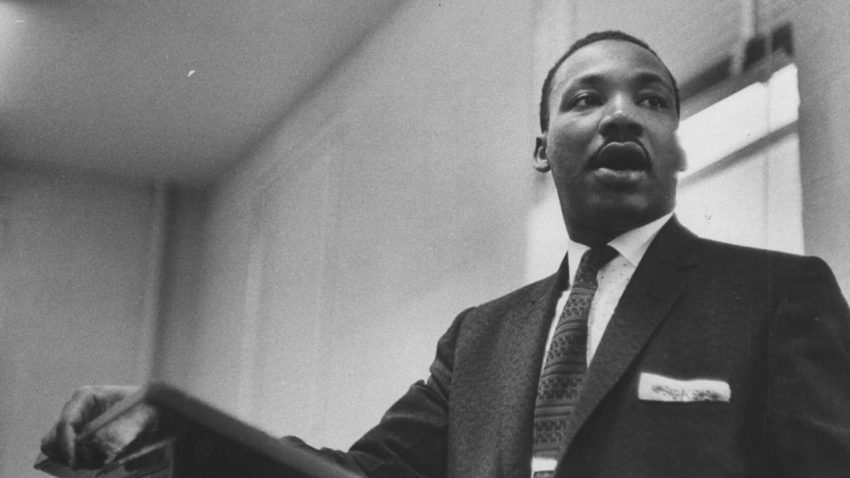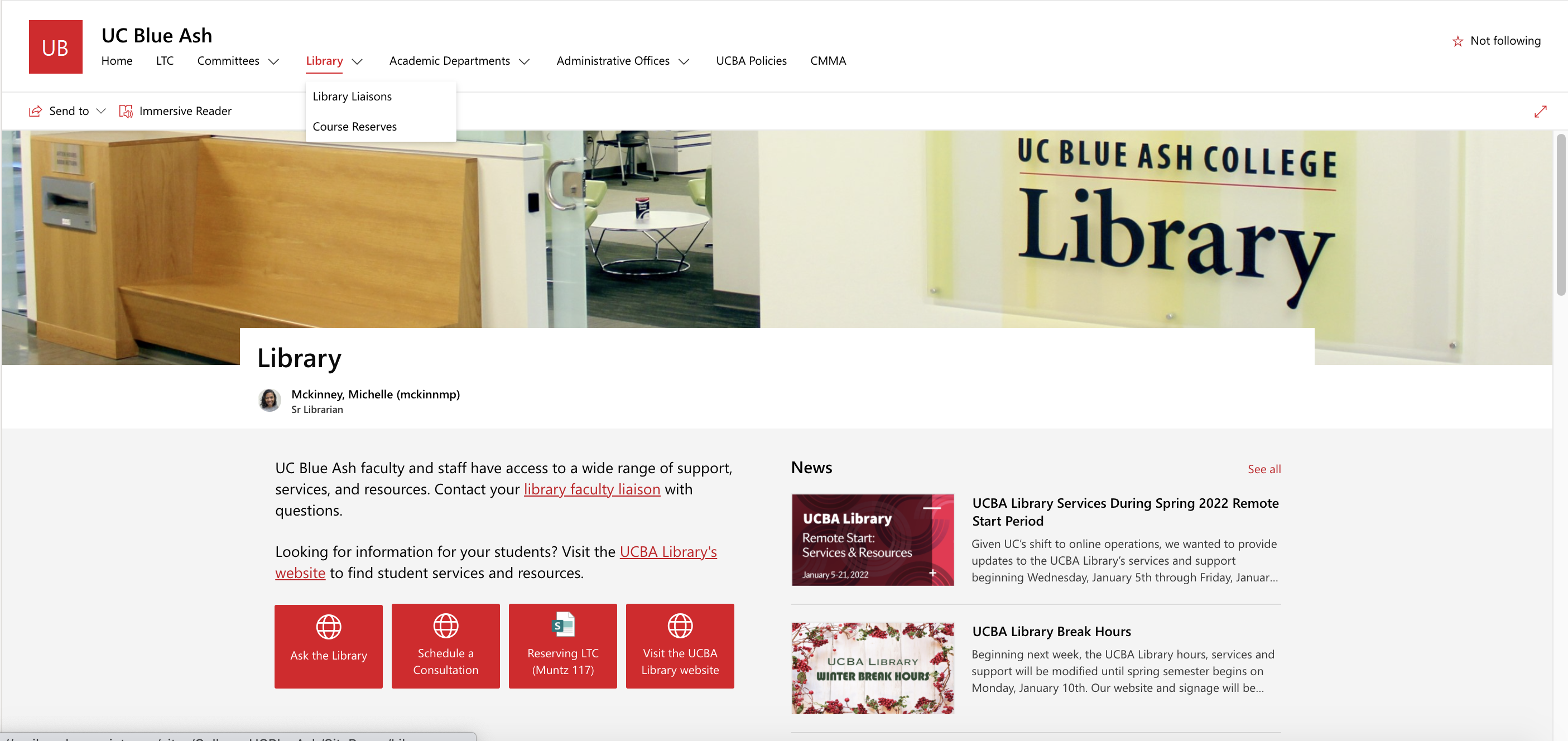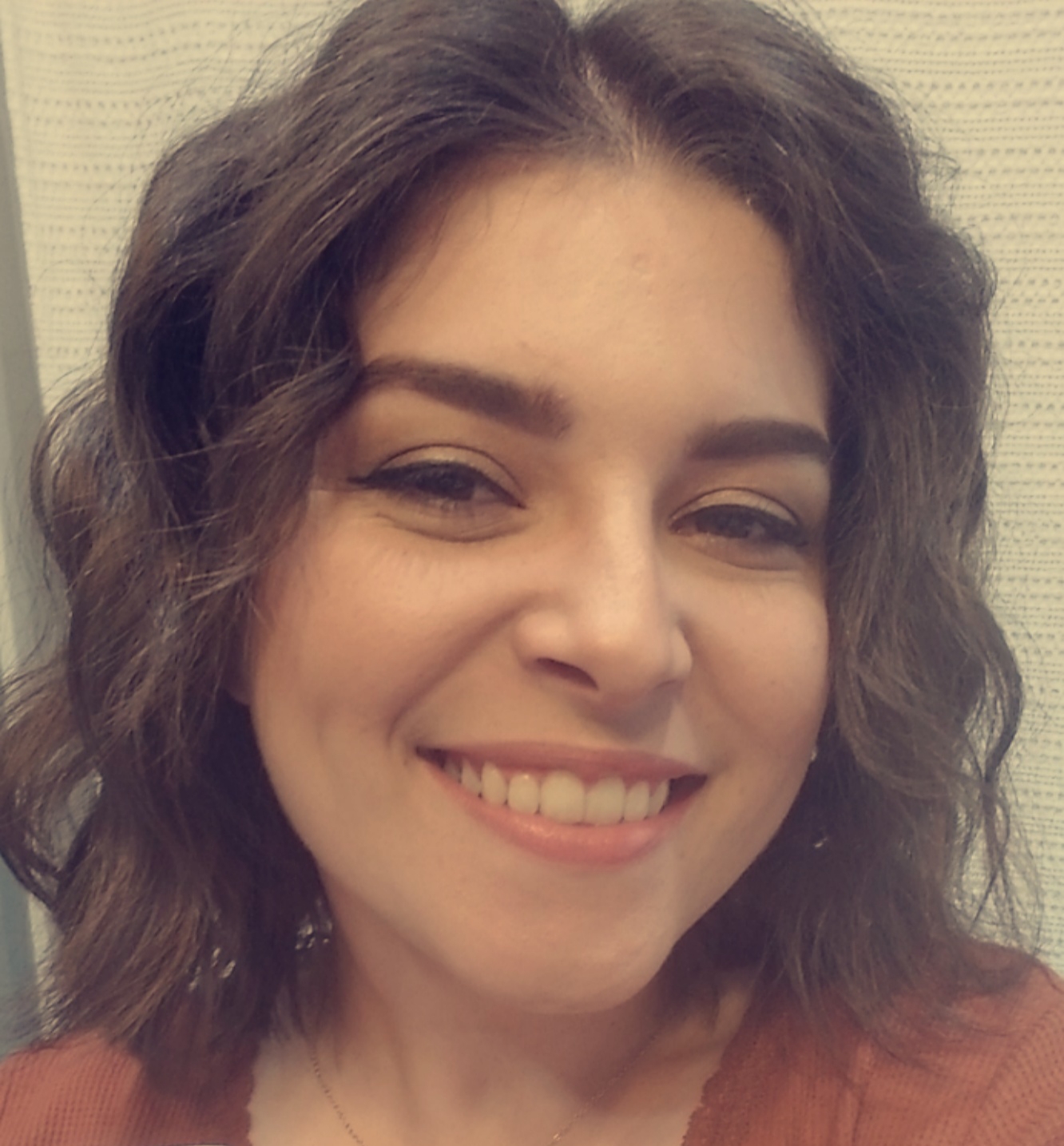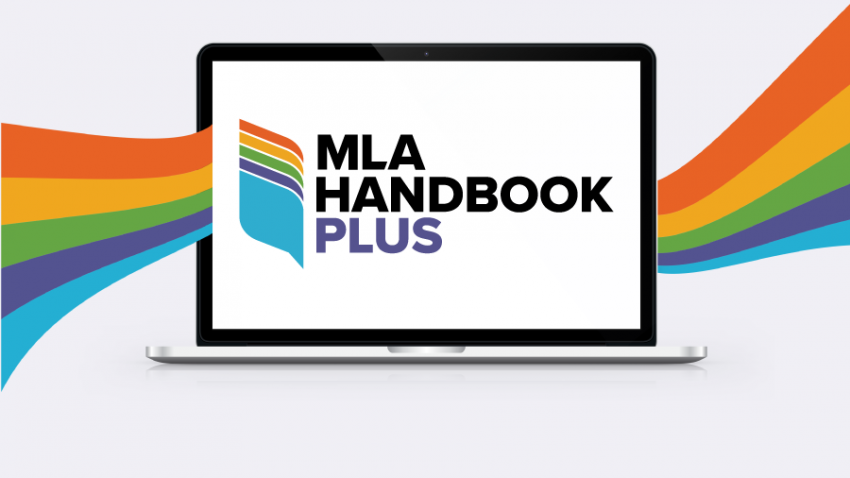CECH Spotlight highlights recommended books in the the UC College of Education, Criminal Justice, and Human Services (CECH) Library.
Julian is a Mermaid / written and illustrated by Jessica Love / 2018
On Saturdays, Julian and his Abuela go swimming at the community pool. One Saturday, Julian sees several women wearing beautiful mermaid dresses and is totally entranced. He decided he wants to be a mermaid himself, but what might his Abuela think of this?
Jessica Love’s Julian is a Mermaid is an absolutely breathtaking picture book. It follows the story of a gender non-conforming child, which is a rare but very welcomed sight, who dreams of becoming a mermaid. This heartwarming story is full of vivid and magical illustrations that beautifully depict a child’s imagination and embrace diversity with a broad range of body types and skin tones. With each turn of a page, you will feel the anxiety, the love, and the acceptance Julian feels through subtle details in facial expressions and body language. Along with Julian, readers of all ages will learn that anyone can be a mermaid, and all it takes is acceptance, creative expression, and unconditional love.
Julian is a Mermaid is available from CECH Library, as well as the OhioLINK and Search Ohio lending networks.
Review by Sadie Matthews, CECH Library Student Assistant | Elementary Education, CECH 2023



 Starting January 1st, 2022, the full journal portfolio of the American Astronomical Society (AAS) are now completely open access. The journals include the
Starting January 1st, 2022, the full journal portfolio of the American Astronomical Society (AAS) are now completely open access. The journals include the  Rachel Hoople has joined the College of Education, Criminal Justice and Human Services (CECH) Library team as operations supervisor.
Rachel Hoople has joined the College of Education, Criminal Justice and Human Services (CECH) Library team as operations supervisor.